Morphodynamic principles dominating braided rivers over multiple spatiotemporal scales
A braided river contains a group of interconnected channel branches with variable widths and ephemeral bars within and between them. It is a very dynamic type of natural rivers. In the Qinghai-Tibet Plateau, braided rivers are widely distributed in all watersheds, some are under pristine status, but subject to the impact of glacier retreat and permafrost degradation due to climate change, some have been disturbed by human activities, such as dam construction, land use changes, and afforestation. The ultimate goal of my research in this area is to understand how morphological structures of these braided rivers response to climate change and intensified anthropogenic interruption. Because morphological responses to changes of hydrological processes and sediment supply are very complex, such that the classic forward approach that is based on solving governing equations describing mass and momentum conservation to obtain the resultant morphological changes is very hard to implement. Therefore, the goal will be achieved using the morphological approach – that is, quantifying morphological patterns and their changes in terms of field measurements and analysis of remotely sensed images, and linking these morphological changes to the variable driving forces (water and sediment discharges).
Examples of the braided river reaches in the Qinghai-Tibet Plaueau, China:
| The Upper Yellow River | The Upper Yangtze River | The Yarlung Tsangpo River |
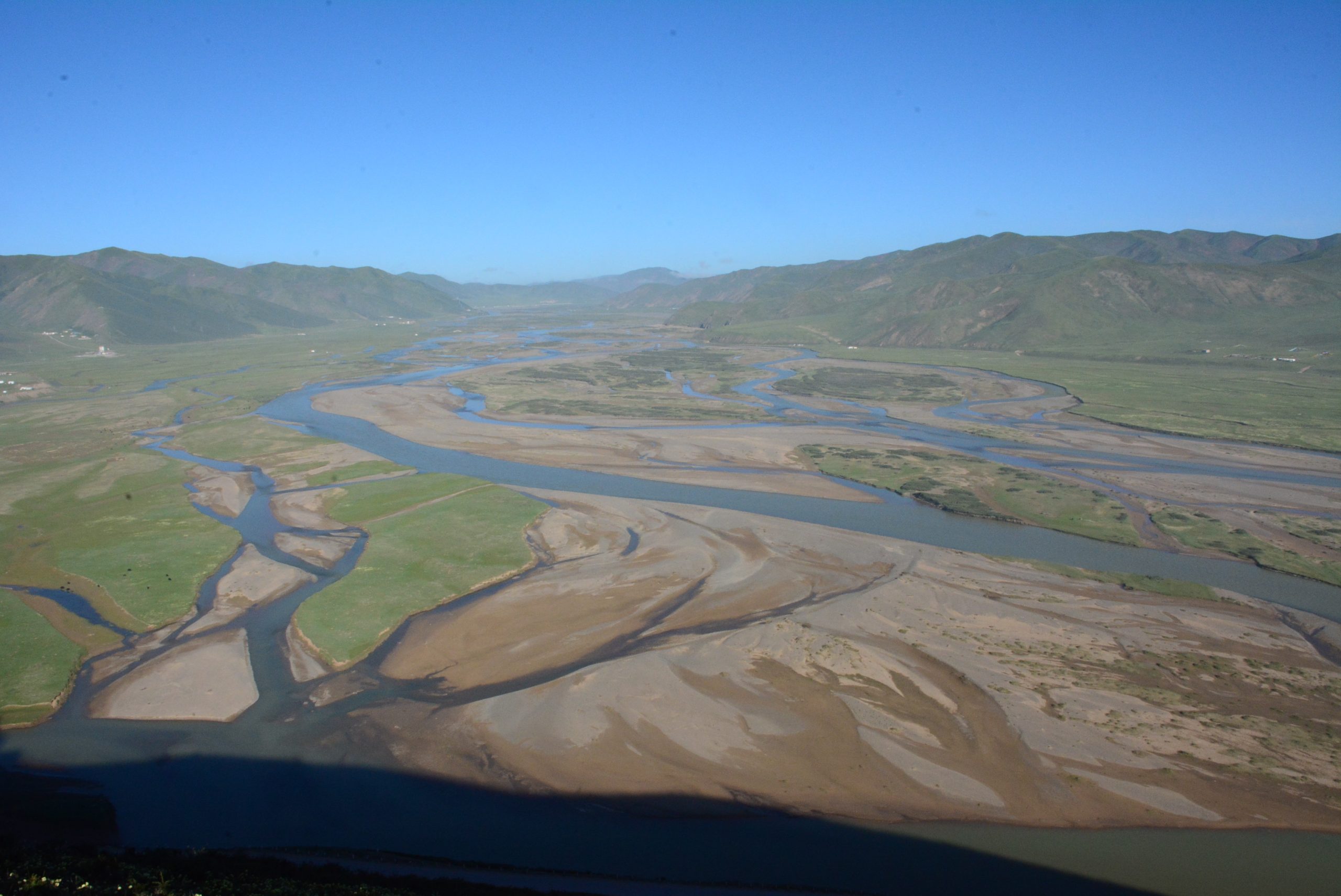 | 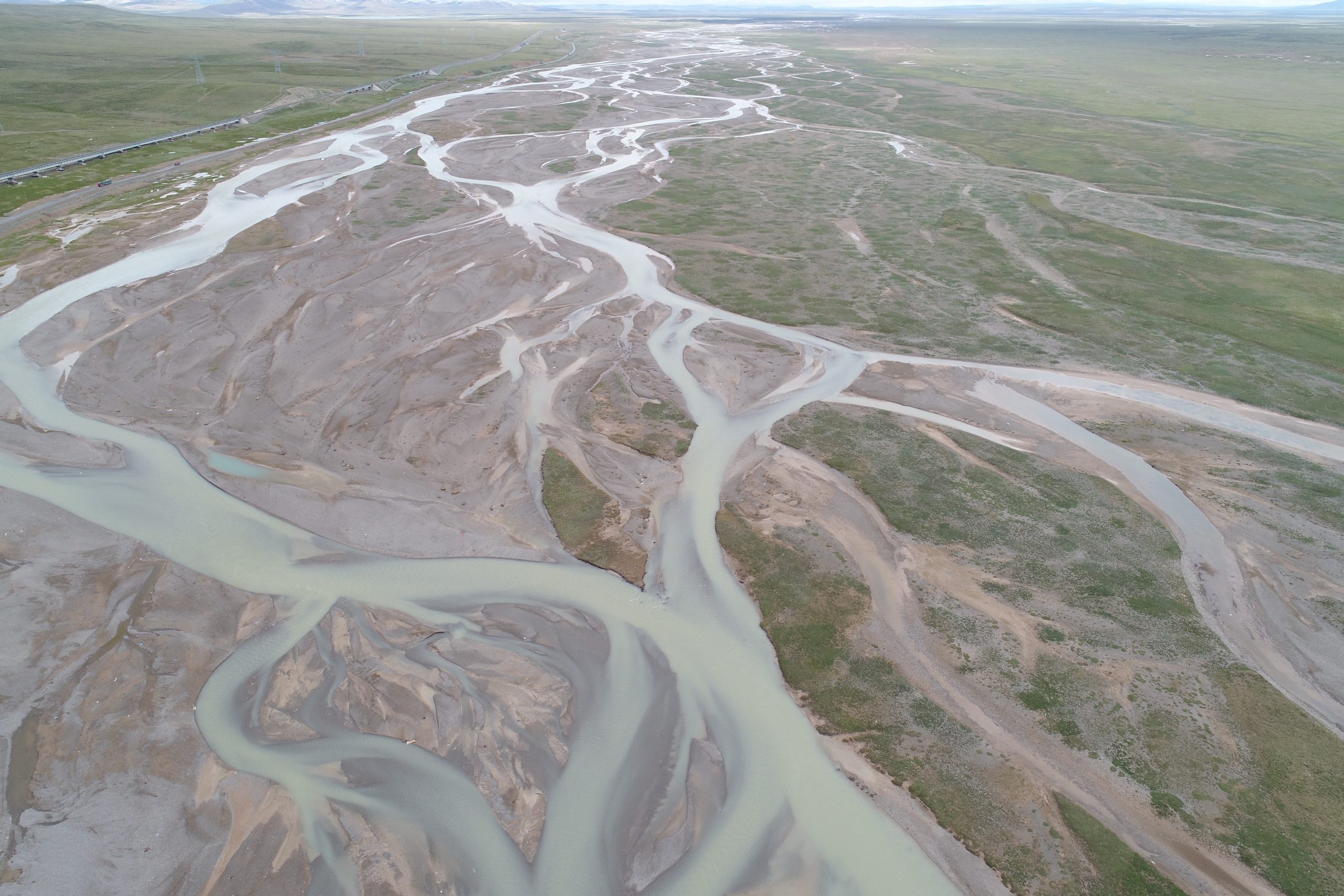 |  |
Examples of research projects are:
- Exploring morphodynamic processes controlling braided rivers in the Upper Yangtze River watershed.
- Revealing morphological responses of braided rivers to human activities.
- Characterizing functional characteristics of braided rivers affecting river biodiversity.
Snapshots of field work
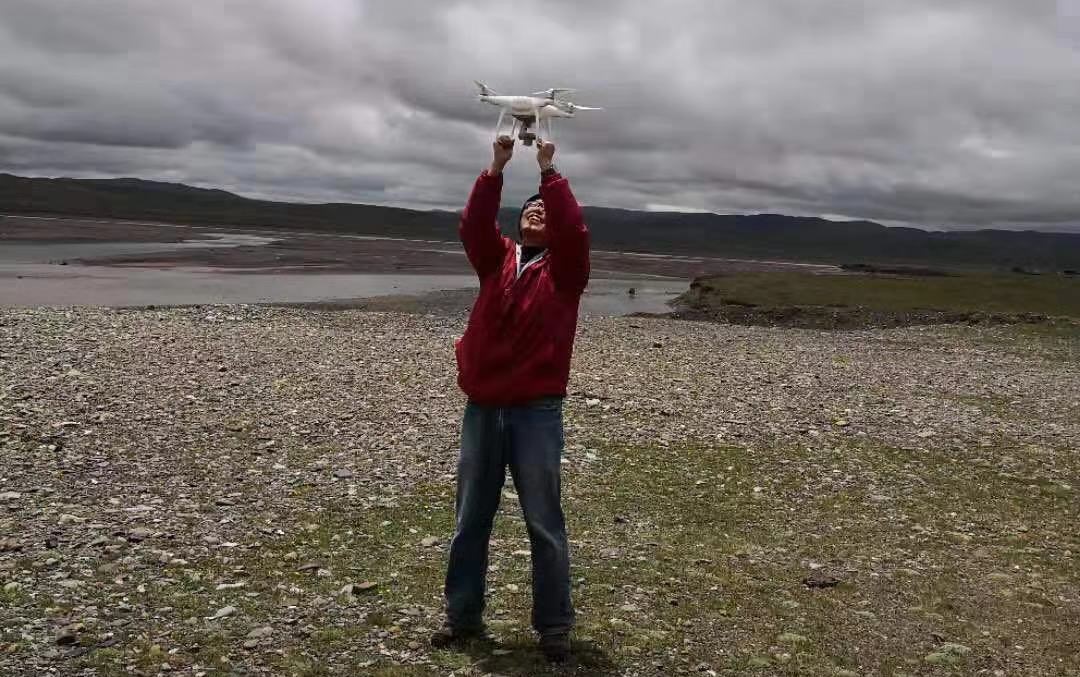 | 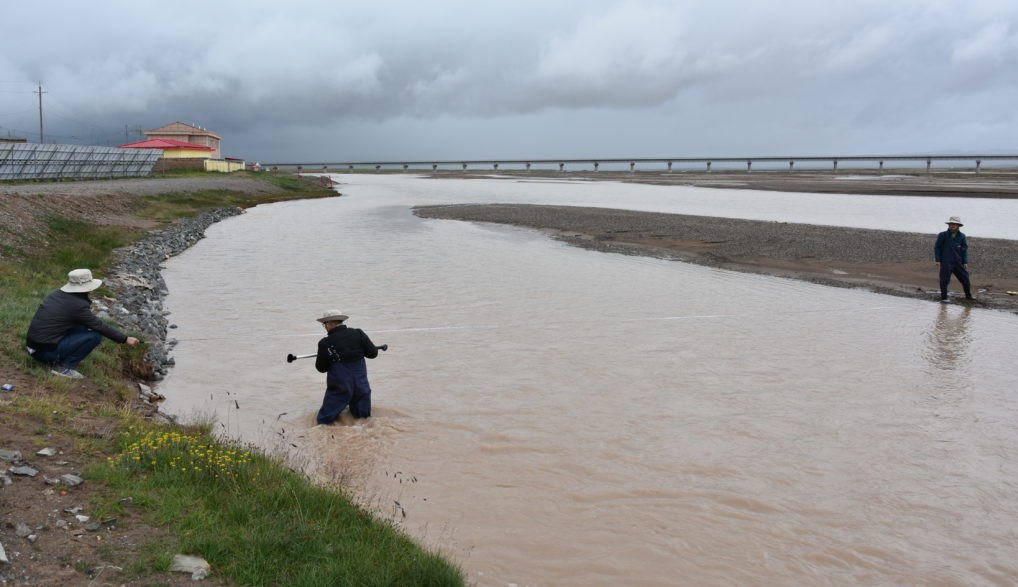 | 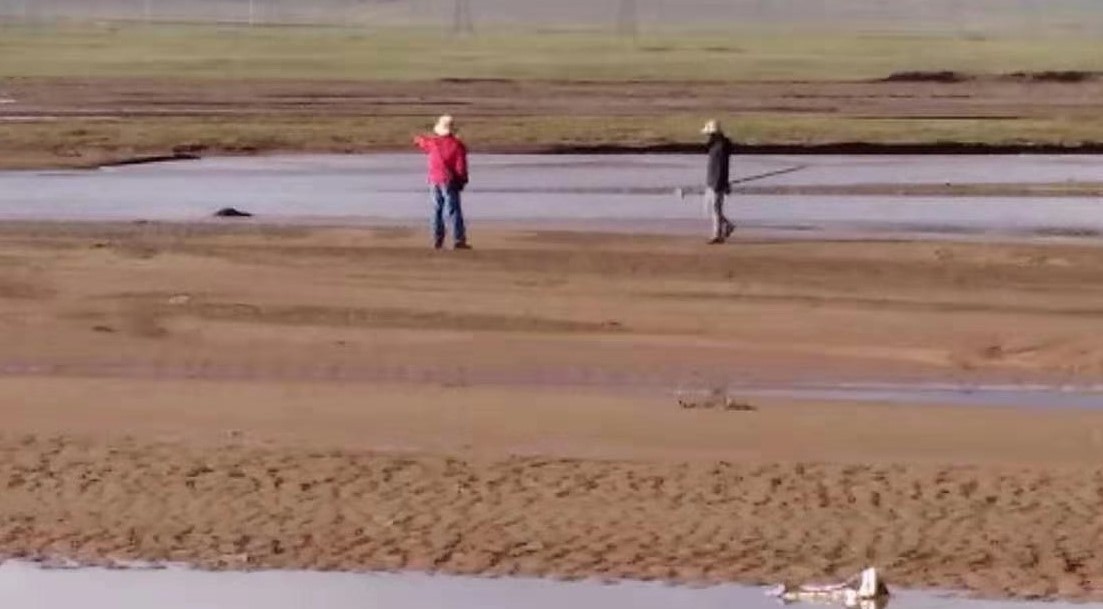 |
